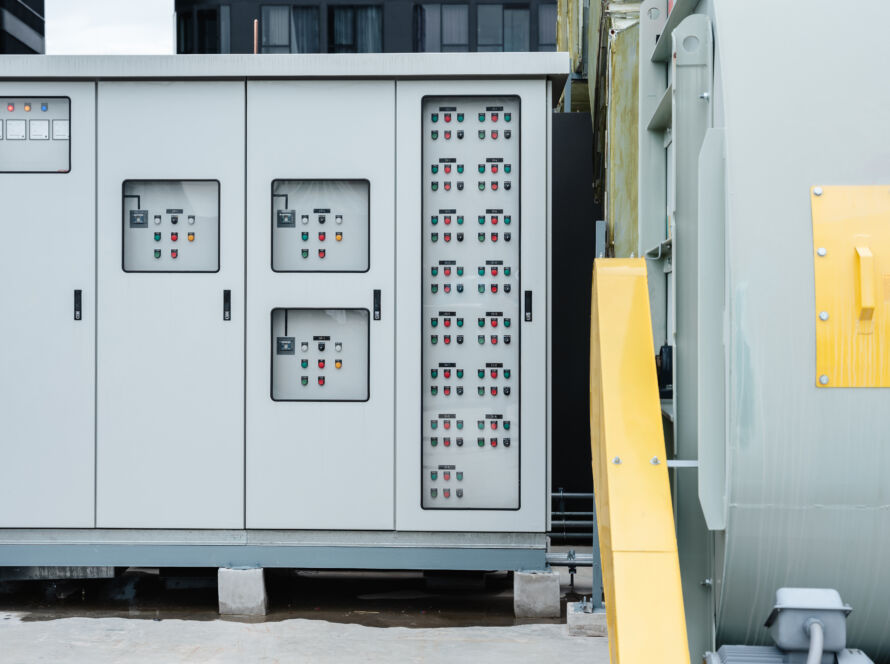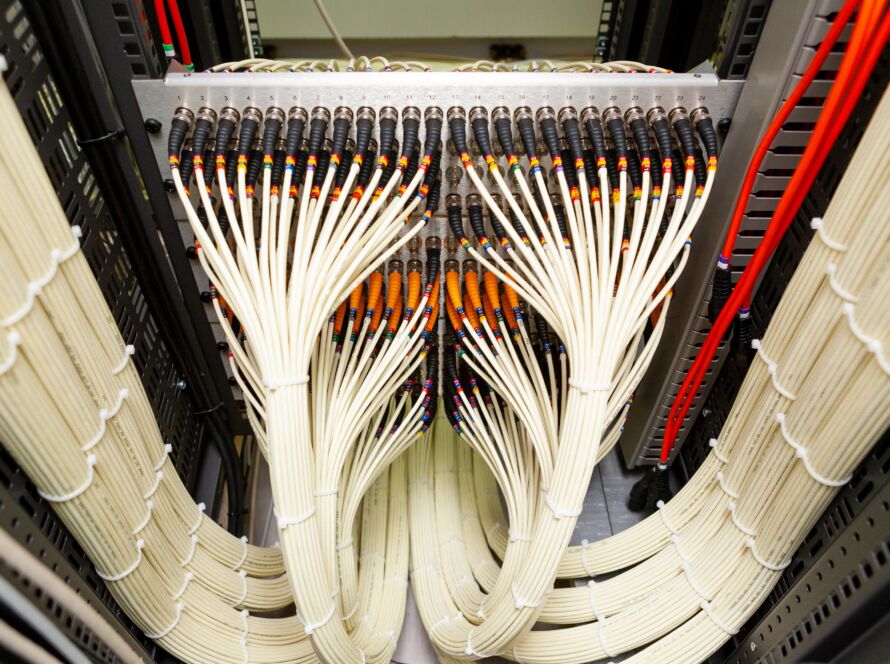Introduction
In 2025, global manufacturing is changing faster than ever. Labor shortages, rising labor costs, and complex global supply chains push companies to lean heavily on industrial automation. Manufacturers that adopt the right automation components achieve greater operational efficiency, reduce lead times, and improve productivity.
This blog highlights the Top 5 Industrial Automation Components Every Manufacturer Needs in 2025 and shows why they are essential for smart factories, manufacturing environments, and future-ready industries.
1. Programmable Logic Controllers (PLCs)
Programmable Logic Controllers (PLCs) remain the cornerstone of factory automation. These devices manage everything from shop floor machinery to advanced automated systems.
- PLCs provide precise control over motors, conveyors, and industrial robots.
- They integrate with sensors and IoT devices for predictive maintenance.
- PLC parts are modular and built for rugged manufacturing environments.
By supporting communication protocols like Profinet and Ethernet/IP, PLCs enable seamless integration with industrial control systems, ensuring smarter production processes and less human intervention.
2. Human-Machine Interfaces (HMIs)
A modern Human-Machine Interface (HMI) makes automation accessible to human workers on the factory floor.
- Graphical user interfaces provide real-time visibility.
- Touchscreens improve user experience and decision-making.
- Mobile devices allow shop floor teams to respond faster.
By converting big data into visual dashboards, HMIs streamline manufacturing processes and simplify repetitive tasks.
3. Sensors and IoT Devices
In a world driven by Industry 4.0, data is the new gold. Smart sensors and IoT devices are vital for quality control, predictive maintenance, and safer manufacturing environments.
- Industrial robots rely on sensors for precision.
- Additive manufacturing and 3D printing require environmental monitoring.
- Digital twins use real-time sensor data for simulation and optimization.
Sensors also help reduce lead times and improve resilience in global supply chains, giving manufacturers a strong competitive edge.
4. Variable Frequency Drives (VFDs) and Motor Controls
Variable Frequency Drives (VFDs) are essential for controlling energy consumption and enhancing operational efficiency.
- VFDs adjust motor speed to fit specific needs, reducing energy waste.
- They minimize equipment wear and extend the lifespan of automated systems.
- Integration with automation systems supports smarter energy management.
As sustainability becomes part of global industry standards, VFDs deliver both cost savings and compliance.
5. Industrial Networking and Communication Protocols
No factory automation system works in isolation. Strong industrial networking ensures machines, manufacturing processes, and automation systems communicate effectively.
- Communication protocols like Modbus, Profinet, and Ethernet/IP provide secure, real-time monitoring.
- Networks enable integration with cloud computing and digital twins.
- Advanced technologies like artificial intelligence and predictive maintenance rely on robust networks.
This connectivity empowers manufacturers to reduce downtime, cut labor costs, and maximize overall efficiency.
Why These 5 Components Matter in 2025
The combination of PLCs, HMIs, sensors, VFDs, and networking represents the future of factory automation.
- PLCs and HMIs reduce reliance on human intervention.
- Sensors support predictive maintenance, quality control, and faster decision-making.
- VFDs cut energy use and improve operational efficiency.
- Networking ensures advanced robotics, additive manufacturing, and 3D printing function seamlessly.
By leveraging these advanced technologies, manufacturers improve shop floor productivity, shorten lead times, and stay competitive in complex global supply chains.
Conclusion
The Top 5 Industrial Automation Components Every Manufacturer Needs in 2025—PLCs, HMIs, sensors, VFDs, and industrial networking—are more than equipment. They are enablers of Industry 4.0, drivers of operational efficiency, and solutions to labor shortages and rising labor costs.
By embracing these automation solutions, manufacturers reduce repetitive tasks, increase overall efficiency, and achieve long-term growth. Companies that adopt these components today will lead in manufacturing environments tomorrow.



